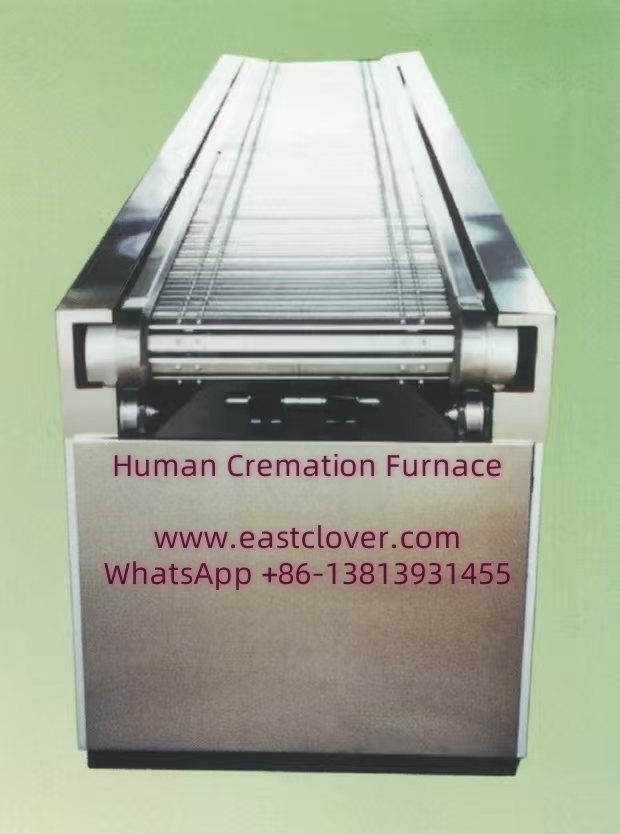Introduction
Cremation has long been a preferred method of final disposition worldwide, but traditional practices have faced scrutiny due to their environmental footprint. Modern cremation furnaces, however, are revolutionizing the deathcare industry by integrating advanced technologies that drastically reduce emissions, improve energy efficiency, and align with global sustainability goals. This news explores the innovations driving this transformation and their impact on the future of eco-conscious deathcare.
The Evolution of Cremation Technology
Traditional cremation furnaces relied on wood, coal, or basic gas systems, operating at high temperatures (1,400–1,800°F) and emitting pollutants like particulate matter (PM), nitrogen oxides (NOx), and carbon dioxide (CO2). Modern systems have shifted to cleaner energy sources, such as natural gas and electricity, paired with precision engineering. Key advancements include:
- Multi-Stage Combustion: Breaks down organic matter more completely, minimizing harmful byproducts.
- Automated Temperature Controls: Optimize fuel use and reduce energy waste.
Key Technologies Reducing Emissions
Advanced Filtration Systems
Modern furnaces employ multi-layered filters to capture pollutants:
- Scrubbers: Neutralize acidic gases like sulfur dioxide (SO2).
- Electrostatic Precipitators: Remove 99% of particulate matter via charged plates.
- Activated Carbon Filters: Adsorb mercury from dental amalgams.
Waste Heat Recovery
Excess heat is repurposed for heating adjacent buildings or generating electricity, improving energy efficiency by up to 40%.
Electric Cremation
Electric furnaces, powered by renewable energy, produce zero direct emissions. Though nascent, they are gaining traction in Europe and Japan.
AI-Driven Optimization
Machine learning algorithms adjust temperature and airflow in real time, cutting fuel consumption by 15–20%.
Eco-Innovations Beyond Furnace Design
- Biodegradable Urns: Made from materials like recycled paper or salt, these urns support plant growth or dissolve in water.
- Alkaline Hydrolysis: A water-based process using heat, pressure, and potassium hydroxide to break down remains, emitting 75% fewer GHGs than flame cremation.
- Green Certifications: Programs like the Green Burial Council certify facilities that meet strict emission and energy standards.
Case Studies in Sustainability
Japan’s Urban Crematoriums
In Tokyo, facilities use AI-controlled furnaces and electrostatic filters to reduce emissions by 90%, complying with stringent air quality laws.
Sweden’s District Heating Model
Crematories in Stockholm channel waste heat into the city’s district heating network, providing warmth for thousands of homes annually.
Benefits of Modern Cremation Technology
- Emission Reductions: Filters and efficient combustion cut CO2 by 50% and PM/NOx by 80–95%.
- Cost Savings: Lower fuel and maintenance expenses offset upfront costs over time.
- Regulatory Compliance: Helps facilities meet tightening environmental regulations.
- Public Trust: Eco-friendly practices appeal to environmentally conscious families.
www.southclover.com
Innovations in cremation technology demonstrate that sustainability and deathcare can coexist. Through advanced filtration, energy recovery, and alternative methods like alkaline hydrolysis, the industry is significantly reducing its ecological impact. As demand for green practices grows, ongoing investment in R&D will ensure that cremation remains a viable, planet-friendly choice for generations to come.
FAQs
How do modern cremation furnaces reduce emissions?
They use multi-stage combustion, scrubbers, and electrostatic filters to capture pollutants, cutting CO2, NOx, and particulate matter.
What is alkaline hydrolysis?
A water-based process using heat and alkali to break down remains, producing fewer emissions and using less energy than flame cremation.
Are electric cremation furnaces widely available?
They’re emerging in eco-focused markets like Scandinavia and Japan but require renewable energy infrastructure for full sustainability.
How is mercury from dental fillings managed?
Activated carbon filters in modern systems adsorb mercury vapor, preventing its release into the atmosphere.
What should I look for in an eco-friendly crematorium?
Certifications (e.g., Green Burial Council), waste heat recovery systems, and transparency about emission reduction practices.

Comments are closed